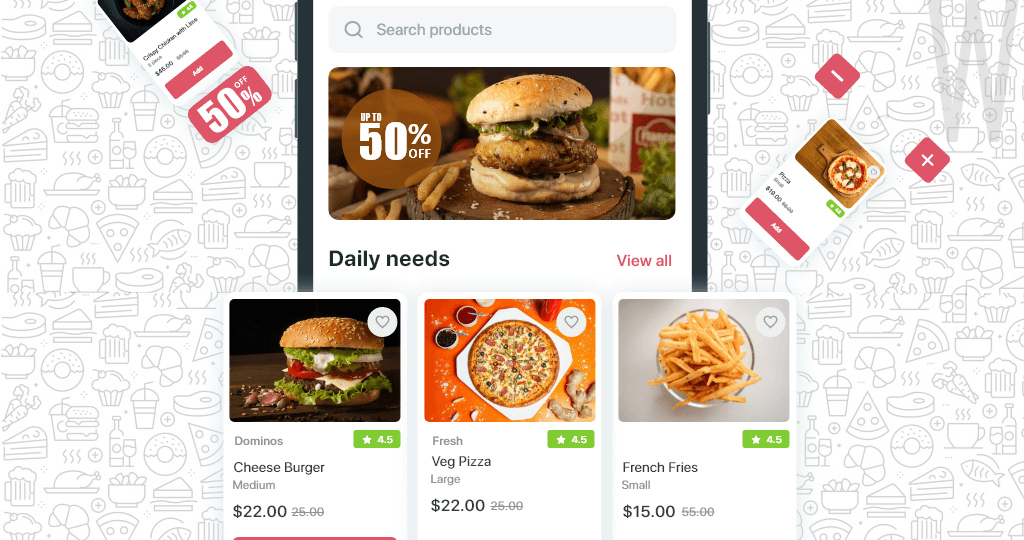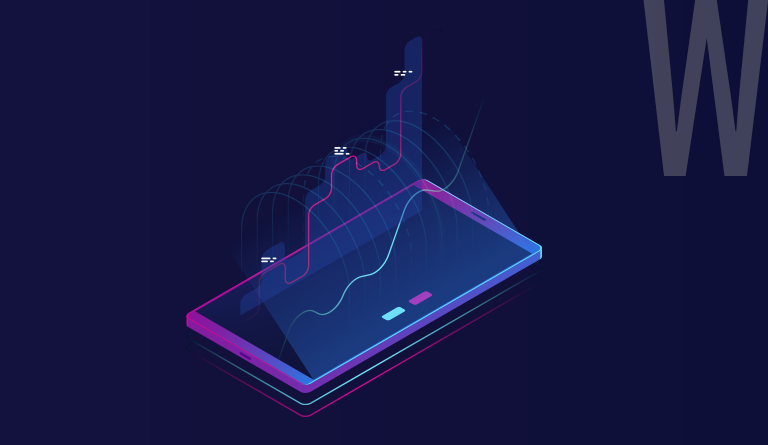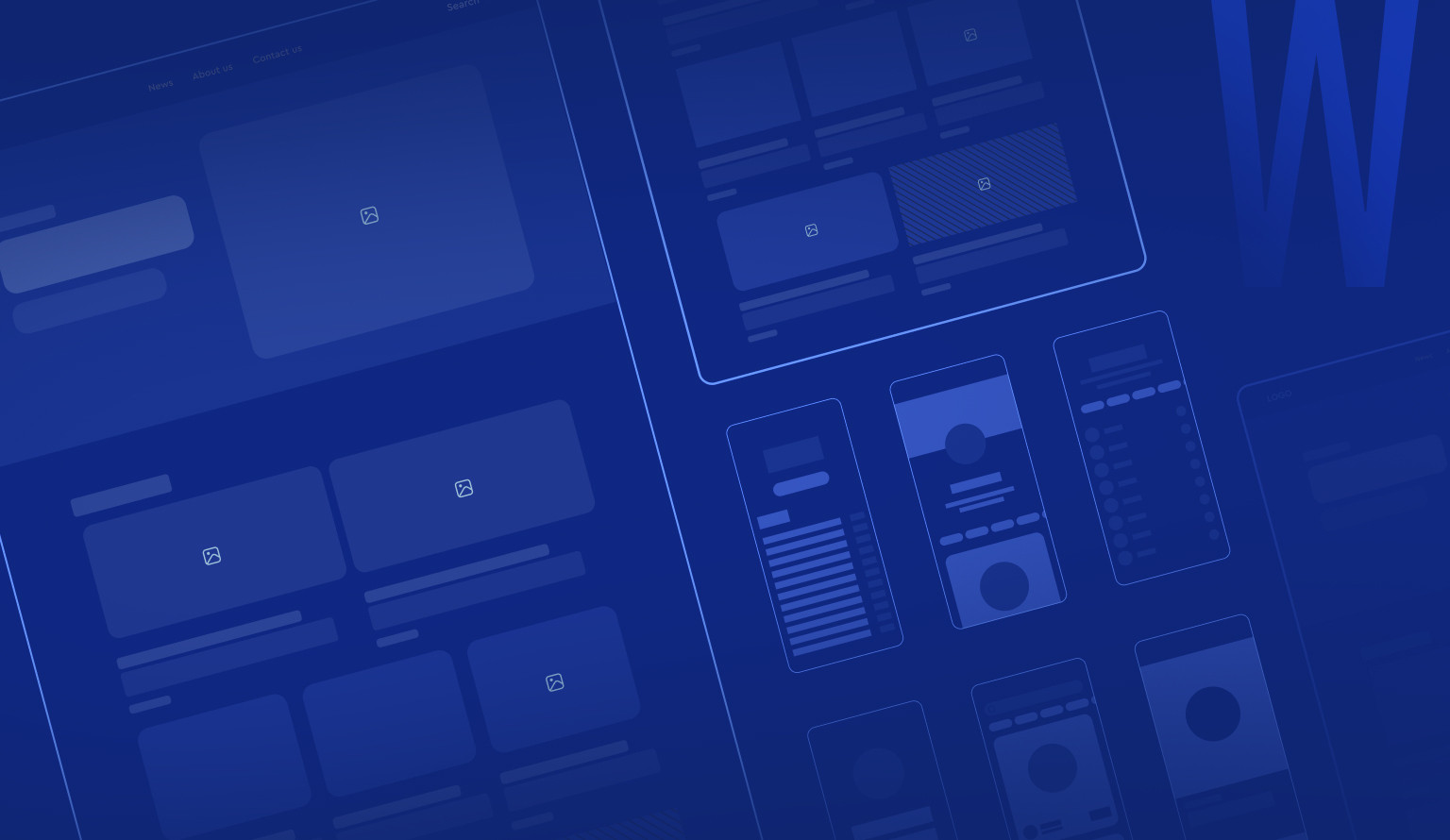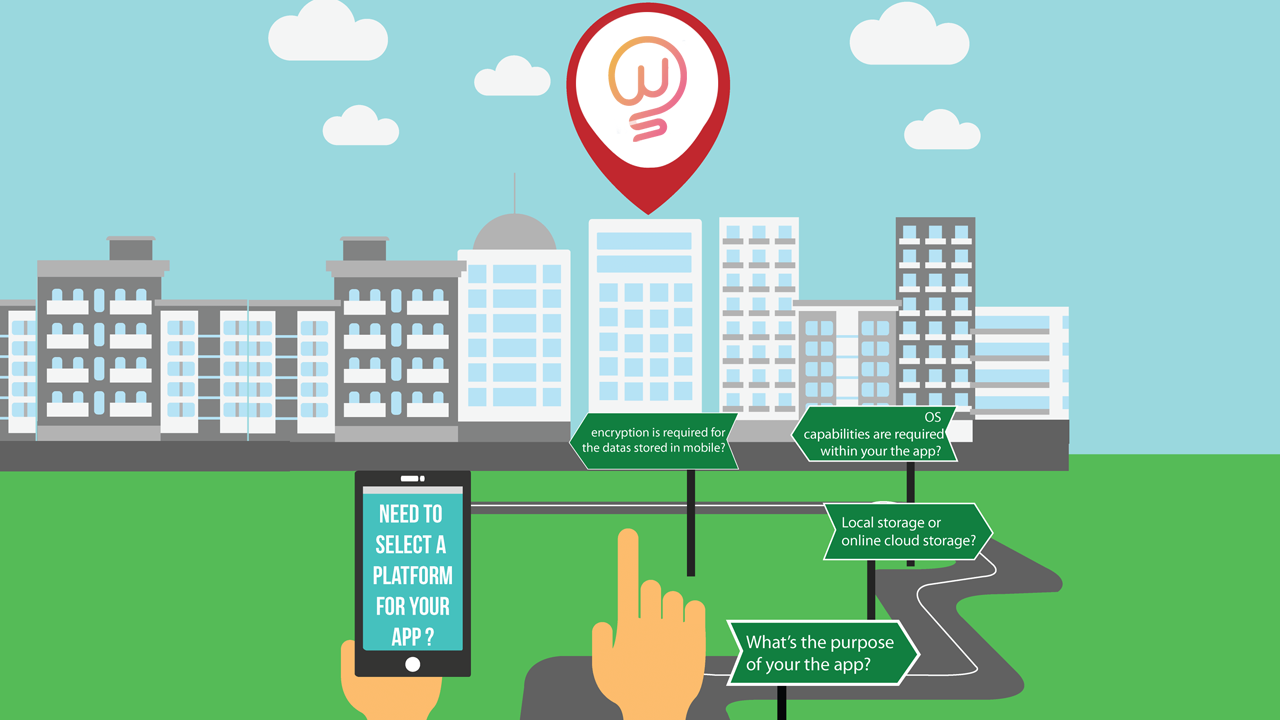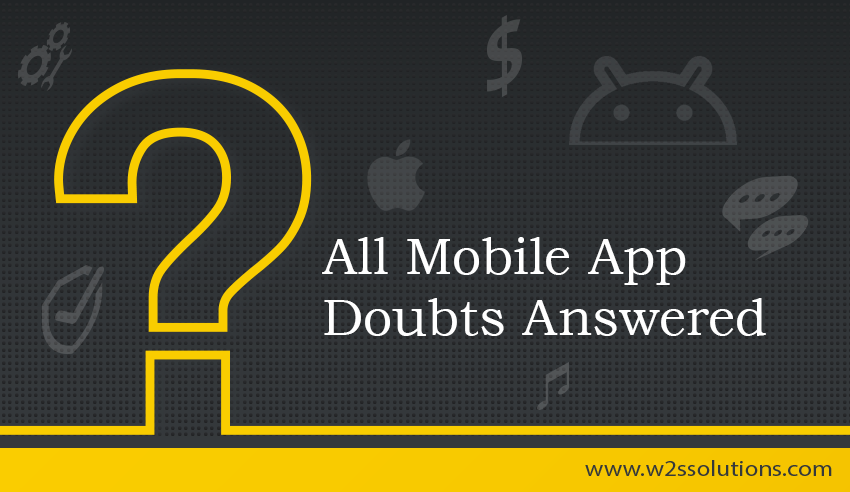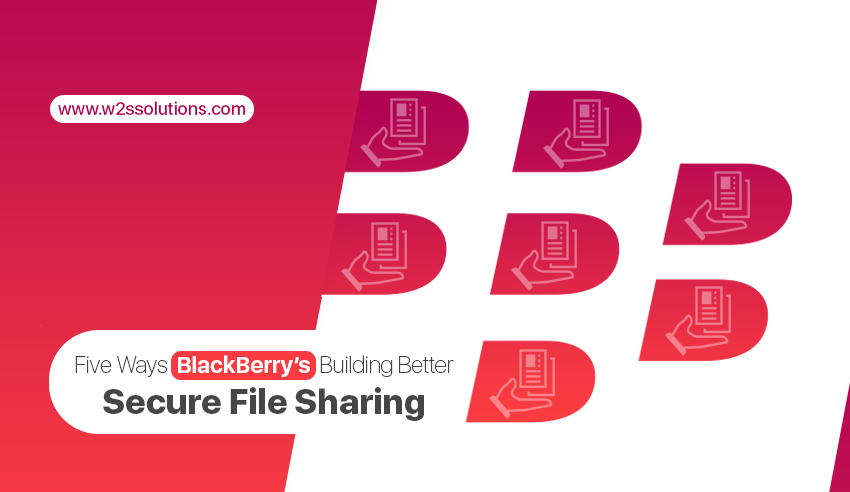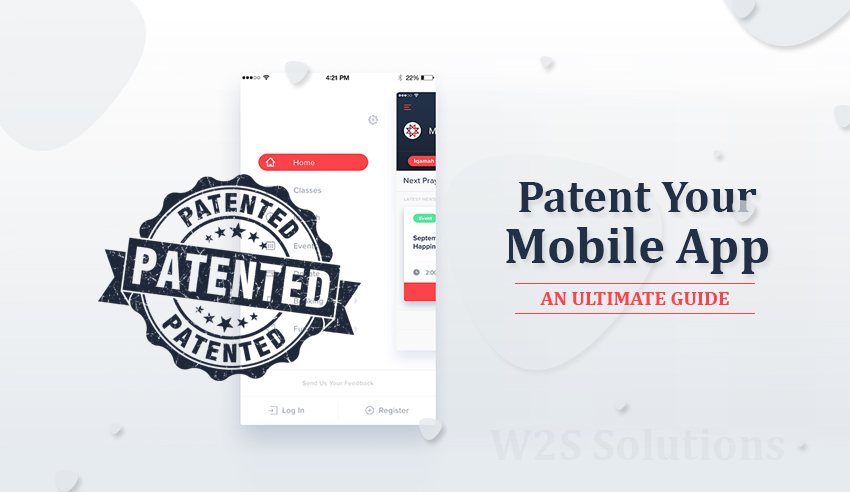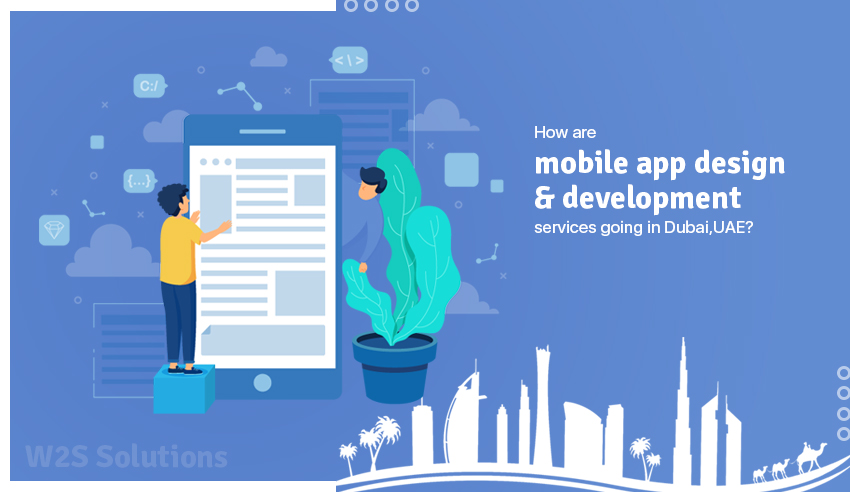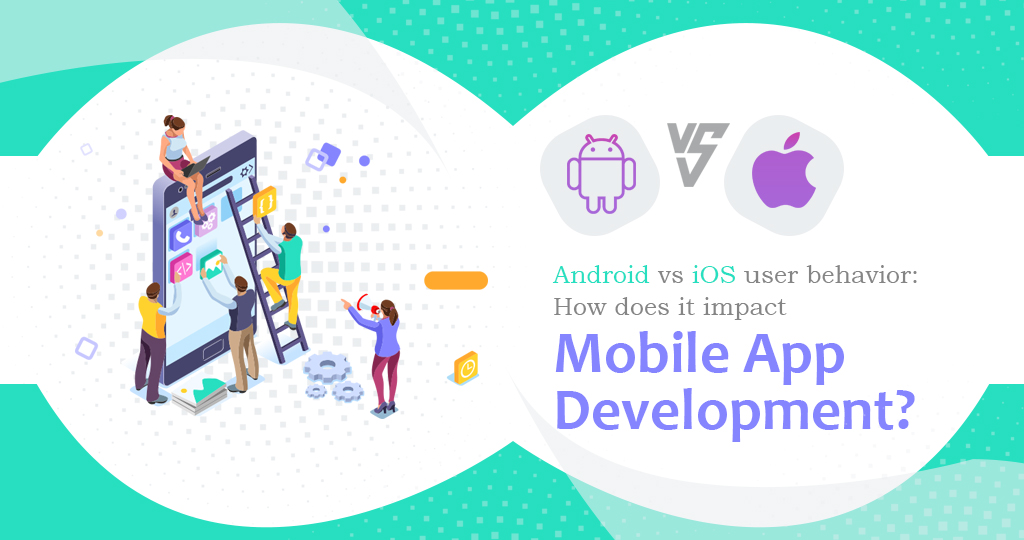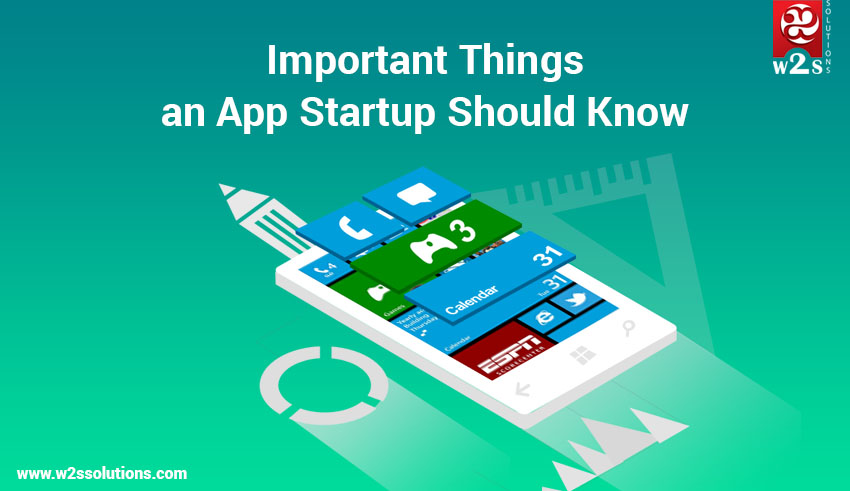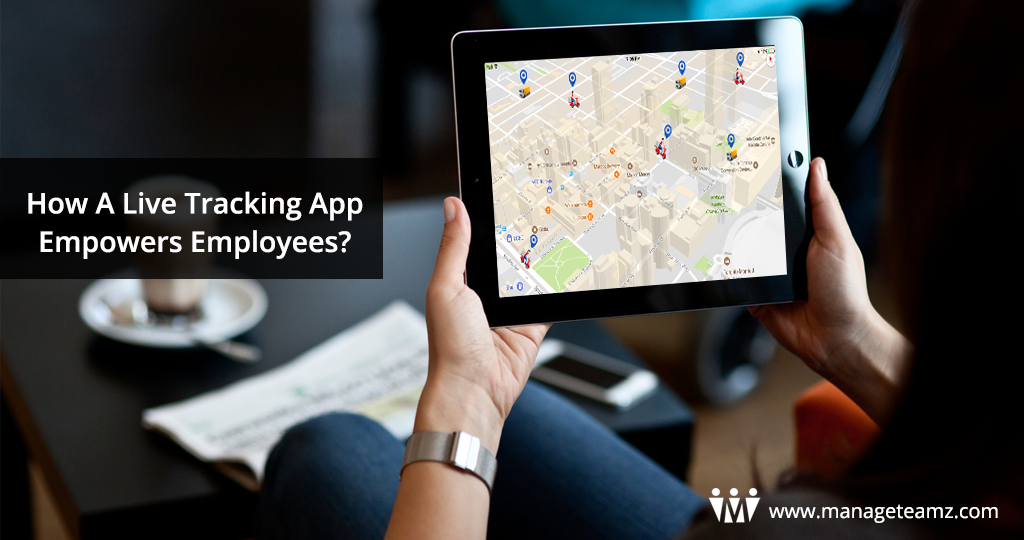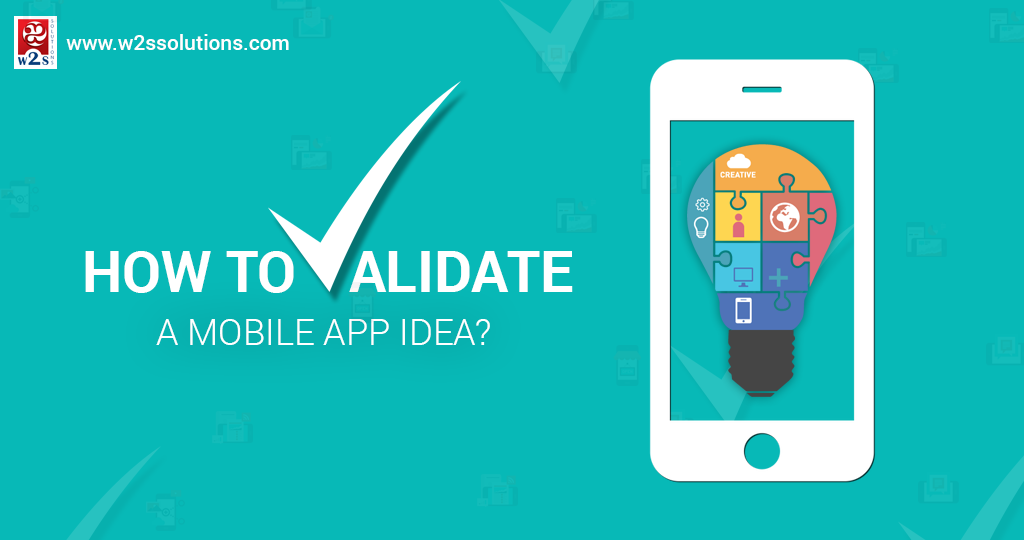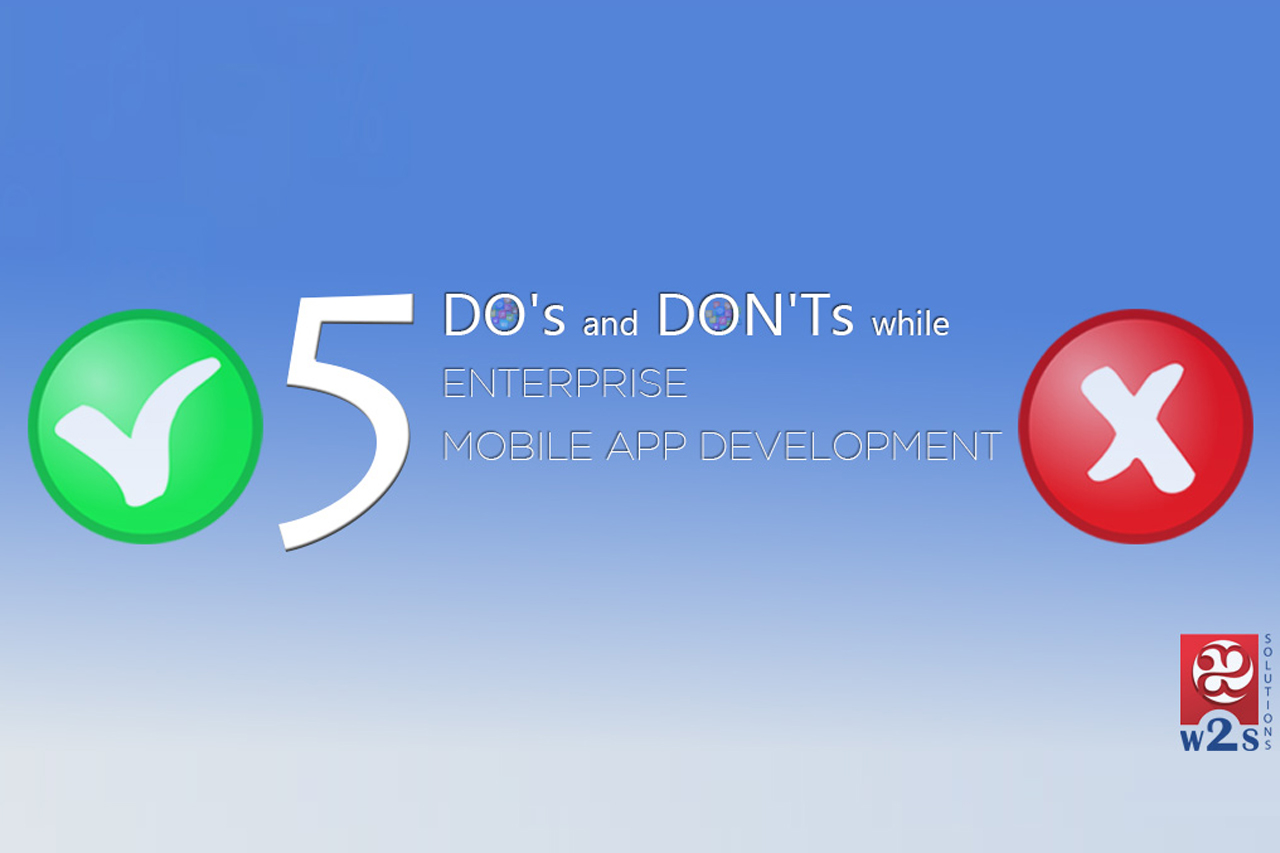One of the primary reasons for the sudden surge in both technology service providers and the number of businesses that leverage it is that a tech-first approach enables resilience and brings opportunities simultaneously. Prioritizing technological transformation is proven to be an effective business strategy in the present marketplace. And app development has become an integral part of this tech transformation as it brings better returns on the investment for a business.
A global survey confirms that the pace of at-scale tech transformations is increasing consistently, and deeper tech penetration across industries will soon be inevitable. As one of the leading app development firms helping global brands in their digital journey, we can’t help but notice that the market is moving towards the next stage of the digital revolution and brands should (re)align their digital assets to deliver this particular aspect to their stakeholders- experience!
The lines between the physical and digital worlds are blurring, and mobile applications are now the window for the user to experience a brand’s digital vision. With technologies like Artificial Intelligence, Machine Learning, and analytics, apps have become a central piece of the data puzzle, too!
So, apps are a great place for brand-consumer interactions, and most of the time, consumers end up buying a product or subscribing to a service.
Starting with the design
“Design is intelligence made visible”
Building a mobile app to empower your business begins right from the design. Design is now equal parts aesthetics and problem-solving, and app development companies that leverage design to solve user problems are able to create a holistic end experience more than others.
Some of the common problems that app development companies or in-house IT teams face are,
- Platform constraints
- Practical challenges in collaboration within teams
- The disconnect between industry-standard metrics and user-centric approach
- The uniqueness of each platform makes implementation difficult
The above-mentioned are some of the common challenges faced by designers and engineers alike across industries. Envisioning a design framework from scratch that’s tailor-made for your audience segment will be more effective, but the process needs a huge pool of resources, mainly time and people. And these challenges may severely impact the digital vision of your company depending on the level of digital transformation undergone.
However, as a mobile app development company constantly solving design problems in our clients’ app strategy, we see user-centricity as a business objective, so that every aspect of our process can contribute to the bigger picture. We focus on the following points to ensure better design efficiency.
For instance, we’ve worked with brands where they previously established a digital infrastructure, and an application that acts as a gateway to this infrastructure. Talking with our strategists, most of the clients say that the app feels sluggish or it doesn’t make the cut. Only a few say that they have a problem with the design or the way it conveys their app’s tone.
As a mobile app development company USA, we need to dissect what our client means by “sluggish”. Our app developers and designers ask these questions to zero down on the problem.
- Where do they feel slow?
- Does the design convey the brand tone?
- Is the issue specific to a particular type of device?
- What is the feedback of others using the application? Do they feel the same?
When we start with these questions, we collect a set of data. Leveraging this information, our designers and developers lay out their strategy, and with each iteration, they land closer and closer to the client’s expectations. The ultimate goal is to create a quality-driven design that empowers businesses to closely follow the applications in production, and make it an integral part of the insights chain that collects a wide range of data like user behavior, purchasing patterns, user feedback, etc. Achieving this design framework also helps our developers with the features that the users don’t/rarely use.
Bringing customer engagement into the digital mix
Digital disruption is successful because it allows brands to maximize their customer engagement. Our mobile app developers are a crucial part of our digital engineering team, and the team asks questions like these,
- How can a business identify a particular issue in its product before it starts to affect its users?
- How can a business deliver a better customer experience at every touchpoint?
- Will the problem repeat, and does the solution fit the overall context of the application?
These questions will help our app development team to achieve both the business and technical objectives. The audience is constantly evolving and so should the application. The approach of design, code, and release is getting old and not making the cut. Many top IT consulting companies are coming out of this traditional approach to building better applications. The app needs to be continuously monitored to roll out the right kind of updates and implement effective optimization efforts.
Business leaders focusing on tech ROI should get their app game straight. They should invest in tooling and technologies that bring the users of the current market on board. Immersive technologies like Augmented Reality, Virtual Reality, Artificial Intelligence, Machine Learning, Big Data, etc., are being integrated at a rapid pace. Integrating these technologies into their app strategy delivers a better user experience and at the same time increases the resilience of their platform.
Final thoughts
Consumer centricity makes digital the most preferred platform by both businesses and users. As many brands are entering this new space to reach their audience, the demand for enterprise app development services shot up. And many brands go for a dedicated app development company to get their app strategy as these app development firms aid brands in easily connecting with their consumers. The future for the brands would be to create a unified digital platform that their employees, users, consumers, and every other stakeholder can access. This singular approach to technology will strip down complex and invisible walls between them, allowing the brand to maximize optimization.




